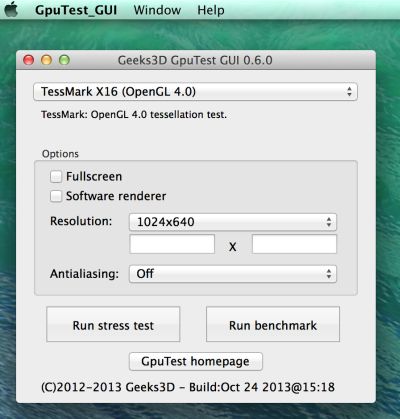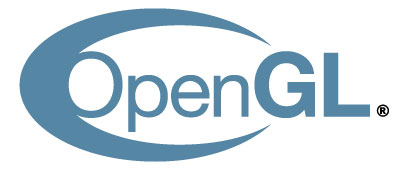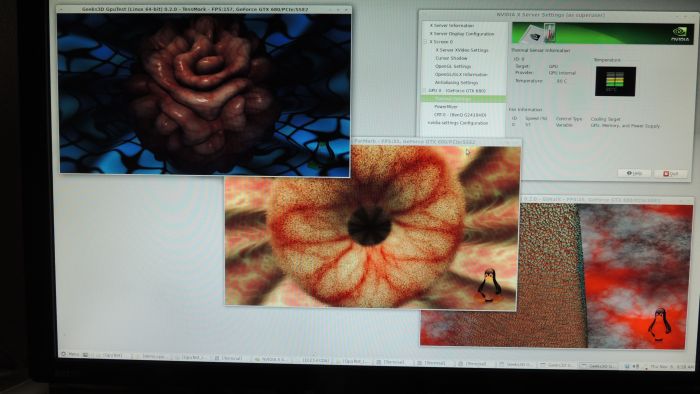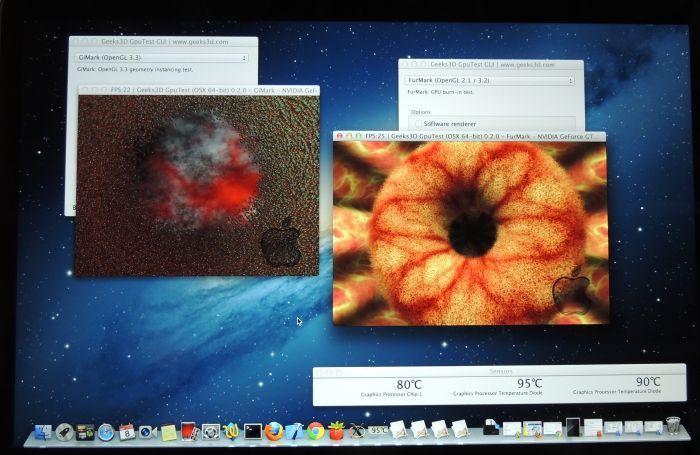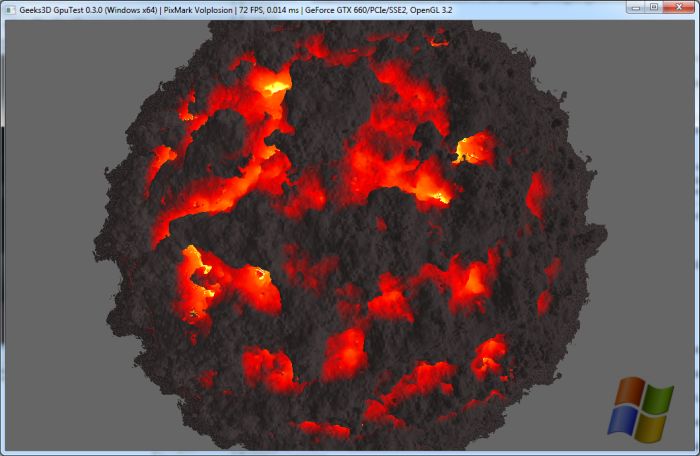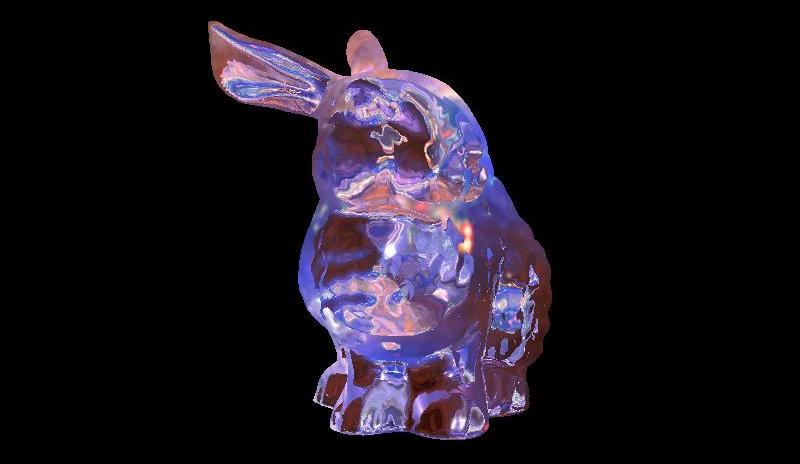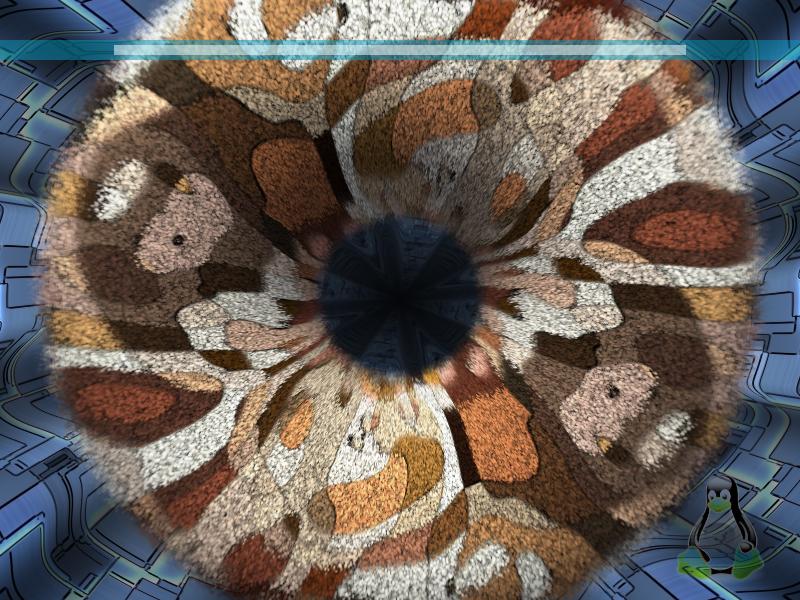- Gpu тест для linux
- Тестирование производительности и стресс-тестирование графических ускорителей в Linux
- 1. GLXGears из пакета mesa-utils
- 2. GLMark2 от команды разработчиков проекта Linaro
- 3. Тест Furmark утилиты GPUTest от команды ресурса geeks3d
- How to Stress Test a Graphics Card on Linux
- GL Mark 2
- GpuTest
- Glxgears
- Unigine Benchmark
- Phoronix Test Suite
- Frequently Asked Questions
- 1. How often should I stress test my graphics card?
- 2. Should I skip testing and just buy a new graphics card?
- 3. Should I use more than one testing tool?
- Stress Test Your GPU Before Replacement
Gpu тест для linux
GpuTest is a cross-platform (Windows, Linux and Max OS X) GPU stress test and OpenGL benchmark. GpuTest comes with several GPU tests including some popular ones from Windows’world (FurMark or TessMark).
GpuTest can be downloaded from THIS PAGE.

The number of GPU tests grows with the new versions of the tool. The foolowing tests are available in the latest version:
- FurMark based stress test (OpenGL 2.1 or 3.2).
- TessMark based tessellation test (OpenGL 4.0).
- GiMark: geometry instancing test (OpenGL 3.3).
- PixMark Piano pixel shader test (OpenGL 2.1 or 3.2).
- PixMark Volplosion pixel shader test (OpenGL 2.1 or 3.2).
- Plot3D vertex shader test (OpenGL 2.1 or 3.2).
- Triangle one of the most simple 3D scene ever made. (OpenGL 2.1 or 3.2).
A simple graphical user interface (GUI) allows to set options and launch GpuTest. The GUI is available for all platforms.
The GUI under Mac OS X
GpuTest can also be launched from the command line under every operating systems. Scores are saved in a convenient CSV file. A sample file with all command line parameters is provided in the zip file.
GpuTest is available for the following operating systems:
- Windows 7 and 8, 64-bit
- Linux 64-bit (Ubuntu-based, openSUSE)
- OSX 10.7, 10.8 and 10.9
GpuTest under Linux Mint 13
GpuTest under OSX 10.8
The Volplosion pixel shader test of GpuTest 0.3.0+
Источник
Тестирование производительности и стресс-тестирование графических ускорителей в Linux
Оригинал: GPU benchmarking and stress testing in Linux
Автор: Arnab Satapathi
Дата публикации: 29 марта 2017 г.
Перевод: А.Панин
Дата перевода: 26 апреля 2017 г.
Хотите измерить пиковую производительность своего графического ускорителя? Задумываетесь о корректности работы своего графического ускорителя под максимальной нагрузкой?
Вы можете без-каких либо проблем развеять все свои сомнения благодаря существованию нескольких инструментов для тестирования производительности графических ускорителей; мы будем рассматривать три отличных инструмента, а именно:
1. GLXGears из пакета mesa-utils
Утилита GLXGears с открытым исходным кодом является частью пакета утилит Mesa для тестирования поддержки технологии OpenGL и доступна в составе пакета программного обеспечения mesa-utils в дистрибутивах Debian/Ubuntu. Она может использоваться в качестве самодостаточного инструмента для тестирования производительности графического ускорителя и выводит число кадров в секунду (FPS) сразу же после запуска с помощью следующей команды:
Число кадров в секунду не будет превышать 60, но производительность любого приложения, работающего с трехмерной графикой, может быть значительно улучшена в случае его запуска с переменной окружения vblank_mode=0 ; в моем случае удалось получить значение, равное 6000 кадрам в секунду при использовании графического ускорителя Intel HD 3000.
2. GLMark2 от команды разработчиков проекта Linaro
Это еще одна популярная утилита с открытым исходным кодом, предназначенная для стресс-тестирования и тестирования производительности графических ускорителей, которая была создана на основе исходного кода утилиты GLMark . Она доступна на платформах Linux и Android.
В официальных репозиториях дистрибутива Ubuntu размещены бинарные пакеты программного обеспечения с компонентами утилиты GLMark2, поэтому при ее установке в Ubuntu или любом производном дистрибутиве не должно возникнуть никаких проблем. Достаточно выполнить следующую команду для установки ее новейшей версии:
К сожалению, бинарные пакеты с компонентами GLMark2 не добавлены в репозитории дистрибутива Debian, но вы в любом случае можете скомпилировать новейшую версию GLMark2 для дистрибутива Debian самостоятельно , после чего просто установить ее в систему.
Тестирование: теперь нужно просто выполнить команду glmark2 с помощью терминала, в результате чего откроется окно со стандартным разрешением 800×600 пикселей, в котором будут отображаться различные трехмерные объекты, такие, как фигурка лошади, кота, кролика и так далее. Процесс тестирования может растянуться на 8 минут, после чего будут выведены результаты тестирования. В моем случае графический ускоритель Intel HD 3000 набрал около 1000 баллов.
Стресс тестирование графического ускорителя: для работы GLMark2 требуется достаточное количество ресурсов графического процессора, поэтому зацикливание процесса может рассматриваться в качестве своеобразного режима стресс-тестирвоания графического ускорителя.
Тестирование производительности графического ускорителя производства NVIDIA с помощью GLMark2: я пользуюсь ноутбуком с дискретным графическим ускорителем NVIDIA Optimus (GeForce GT 540M), поэтому просто не мог не попытаться протестировать производительность этого ускорителя с помощью GLMark2. Я пытался проводить тесты со всеми известными параметрами, но результаты были неизменно-ужасными. Графический ускоритель ни разу не набирал больше 446 баллов, хотя я провел 4 теста; возможно, утилита GLMark2 просто не совместима с аппаратным обеспечением производства NVIDIA.
Команды, которые я использовал для тестирования производительности дискретного графического ускорителя производства NVIDIA с помощью утилиты GLMark2:
3. Тест Furmark утилиты GPUTest от команды ресурса geeks3d
Перейдем к рассмотрению инструмента для достоверного тестирования производительности графического ускорителя. Тест Furmark является одним из тестов утилиты с закрытым исходным кодом GPUTest от команды ресурса geek3d, которая может быть бесплатно загружена по ссылке www.geeks3d.com/gputest/download . Следует выибрать версию для Linux, которая распространяется в форме обычного ZIP-архива. В том случае, если вы загрузили этот архив в директорию Загрузки , вам придется выполнить следующую последовательность команд для его распаковки и запуска утилиты:
В результате откроется окно разрешением в 800×600 пикселей, с помощью которого будет выводиться сложный трехмерный объект, подобный представленному ниже.
При тестировании производительности графического ускорителя Intel 3000 HD я получил изменяющуюся рывками картинку с 9-10 кадрами в секунду.
И снова я попытался протестировать производительность дискретного графического ускорителя производства компании NVIDIA:
В этот раз были получены удовлетворительные результаты, выражающиеся в плавно изменяющейся картинке с 18-20 кадрами в секунду.
Стресс-тестирование графического ускорителя с помощью теста Furmark: в результате использования теста Furmark генерируется значительная нагрузка на графический процессор, а с помощью приведенной ниже команды программа может быть запущена в режиме непрерывного тестирования с окном разрешением в 1024×640 пикселей.
Программа GPUTest содержит реализации большого количества других тестов для тестирования производительности графических ускорителей, полный список которых размещен в файле README.txt. Попробуйте протестировать производительность вашего графического ускорителя с другими параметрами утилиты, пользуясь следующим правилом: чем меньше размер окна, тем больше производительность.
Существуют и другие более функциональные и сложные инструменты для тестирования производительности графических ускорителей от Unigine corp., такие, как Unigine Heaven , Unigine Vally и другие. Я не затрагивал их в данной статье, но вы можете самостоятельно загрузить их по данной ссылке и протестировать производительность своего графического ускорителя.
Если у вас остались вопросы, вы можете задать их и не забудьте поделиться ссылкой на данную статью с друзьями.
Источник
How to Stress Test a Graphics Card on Linux
No PC hardware will last forever. Over time, heavy usage can begin to burn out components like your processor and graphics card. If your display is starting to seem a little glitchy, it could be time to replace your graphics card with a newer model. Before you do that, you should consider checking your graphics card for problems by conducting a stress test. Here’s how you can stress test your graphics card on Linux.
GL Mark 2
GL Mark 2 may be a better choice for you if you’re looking for something a little more complex. It tests a wider variety of aspects, such as lighting, buffering, texturing, and more. Think of it as the much more comprehensive version of Glxgears.
Luckily, it’s included with most Linux distros and called glmark2. Install it by using the following:
Then, run it by entering the following into the terminal:
All tests are run for ten seconds each with the frame rate counted individually. You get a final score based on all the tests. It’s an incredibly simple-to-use tool that provides impressively in-depth results.
GpuTest
The next tool to conduct a GPU stress test on Linux is the GpuTest tool. This cross-platform tool is available for Linux, macOS and Windows. It’s actually several tools in one, running several different types of graphics tests to see how well your graphics card is performing.
While the software is a little outdated, it’s still capable of running tests on your GPU. It also includes the well-known and popular FurMark tool, which in recent releases has become Windows-only.
GpuTest also includes several benchmarking options which will give you information on performance speeds, temperatures and more.
To install it on Linux, download the most recent release of GpuTest and unzip the file. From there, open a terminal window and type the following to start the GpuTest GUI:
Choose your stress-testing method in the GUI menu that appears, then click the “Run stress test” button to begin the stress testing. Click “Run benchmark” if you want to see detailed data on your GPU.
Glxgears
A noticeable issue with a failing GPU is a reduction in the framerate. To give you a quick indication of your current GPU framerate, you can use the Glxgears tool. This is a tool included with the Mesa 3D graphics library available for Linux users.
Ubuntu and Debian-based Linux distributions can install Glxgears by installing the mesa-utils package. Open a terminal and type:
Once the mesa-utils package is installed, start Glxgears by typing glxgears at the terminal. As you may guess from the name, it performs a framerate test by loading a 3D simulation of moving gears.
Every five seconds it logs the current framerate in the terminal window. If there are any sudden framerate drops, you can use this information as a sign to investigate your GPU further. However, be forewarned: some Linux graphics drivers don’t work well with Glxgears, and you may need to run further tests to confirm any suspicious readings.
Unigine Benchmark
If you’re looking for an in-depth test, the Unigine Benchmark tools will likely satisfy you. Using the Unigine 2 Engine, the incredibly detailed 3D environments created by the tool give you an actual game-like environment you can play around in, with underlying tools to test your GPU as you go.
This is the perfect tool for gamers looking to benchmark their GPU on Linux. There are several environments to choose from, with each new model offering new advancements to offer the best stress tests for newer graphics cards.
Each benchmark tool includes an automated stress test mode, deep framerate analysis, and a detailed reporting feature to help you identify problems. The latest tool, Superposition, also includes support for VR devices, allowing you to test your graphics card for VR readiness. You can also check out Heaven, which is an older tool but still highly effective.
To install, go to the Unigine Benchmark website and select the tool you wish to download, then click the “download” button. The tool will arrive as a RUN file. Once downloaded, open a terminal window, go to the location of the file, and type:
Replace “Benchmark-Filename” with the correct filename for your Benchmark tool. Once you’ve done that, type the following to begin installing the testing software:
Once again, replace “Benchmark-Filename” with the correct filename. Enter the folder the installation file creates using the cd command, then type the following:
Replace “superposition” with the name of one of the other Unigine benchmark tools if you’re using an older version.
Phoronix Test Suite
The Phoronix Test Suite helps you stress test your graphics card on Linux, Mac, and Windows. It actually uses the Unigine benchmarks. However, you may find it easier to use. It’s designed to automate much of the process for you. It’s updated regularly, with new tests being added as needed to help you better monitor your entire system, not just the graphics card.
It currently features over 400 tests, and you can set it up for regular system monitoring. While it may be overkill for the average user, if you want to compare performance over time or just test certain hardware, you’re covered.
To download the latest version for Ubuntu/Debian systems or general Linux systems, use the following:
Also read: 
Frequently Asked Questions
1. How often should I stress test my graphics card?
You don’t need to do this often. Instead, only stress test if you’re experiencing graphics issues or you’re installing Linux on an older machine and need to see if the graphics card is still working correctly.
2. Should I skip testing and just buy a new graphics card?
Buying a new graphics card should be a last resort unless you just need to upgrade in order to meet/exceed minimum requirements for a game or app. Sometimes all you need is new graphics card drivers to fix the problem.
3. Should I use more than one testing tool?
Usually, one tool is enough to give you the information you need. However, if you’re using a more basic test, you may want to consider a more advanced tool if you still need more information. For the average user, any one of the above should give you what you need without needing to double test.
Stress Test Your GPU Before Replacement
Before you rush out to buy a new graphics card for your Linux system, you should stress test your graphics card first to see how well it’s performing. A problem with your GPU could be fixed with regular maintenance, switching your Linux graphics card drivers or by disabling hardware acceleration.
If your graphics card is failing, take a look at our graphics card buyers guide to help you find a replacement.
Crystal Crowder has spent over 15 years working in the tech industry, first as an IT technician and then as a writer. She works to help teach others how to get the most from their devices, systems, and apps. She stays on top of the latest trends and is always finding solutions to common tech problems.
Источник
